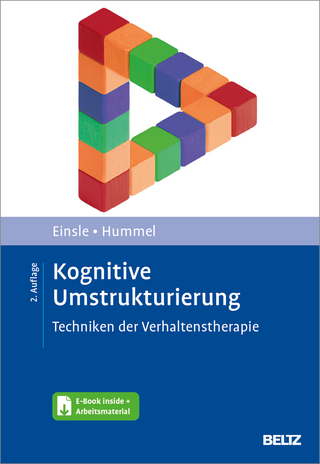
Writing Literature Reviews
Routledge (Verlag)
978-1-032-32868-3 (ISBN)
This bestselling book follows a systematic, natural progression of steps and focuses on the writing of critical reviews of original research. Steps and guidelines are organized sequentially and are illustrated with examples from a wide range of actual (and recent) academic journals. Each chapter is designed to scaffold and help students develop a set of specific products that will contribute to a competent literature review.
Writing Literature Reviews is ideal for use in research methods courses, thesis/dissertation preparation courses, research seminars where a literature review is expected as a culminating activity, or any course in which the instructor needs to cover the vital components necessary to prepare a literature review for a variety of audiences. The book is supported by online materials including self-test quizzes for students, and lecture slides for instructors.
New to this edition:
Expanded sections on plagiarism and selection bias.
Updated chapter examples and references.
Expanded discussion of digital research tools.
Discussion of the implications of AI use.
New model literature reviews that complement existing reviews that our longtime adopters have found useful. These can serve as the basis for classroom discussions and as source material for end-of-chapter activities, as needed.
Melisa C. Galvan (Ph.D., 2013, UC Berkeley) is co-author of Proposing Empirical Research: A Guide to the Fundamentals (Routledge, 2020) and Writing Empirical Research Reports: A Basic Guide for Students of the Social and Behavioral Sciences (Routledge, 2023). Dr. Galvan is Professor at California State University, Northridge, USA. Jose L. Galvan (Ph.D., 1980, UT Austin) is Professor Emeritus at California State University, Los Angeles. His academic career spanned 39 years, including appointments at UCLA; Teachers College, Columbia University; California State University, Los Angeles; and San Francisco State University, USA.
Part I: Managing the Literature Search; 1. Writing Reviews of Academic Literature: An Overview; 2. Learn to Navigate the Electronic Resources in Your University’s Library; 3. Selecting a Topic for Your Review 4. Organizing Yourself to Begin the Selection of Relevant Titles; Part II: Analyzing the Relevant Literature; 5. Conduct a Deep Analysis of the Articles; 6. Analyzing Quantitative Research Literature; 7. Analyzing Qualitative Research Literature; 8. Organizing Your Notes by Grouping the Results of Your Analysis; Part III: Writing the First Draft of Your Literature Review; 9. Synthesizing Trends and Patterns: Preparing to Write; 10. Guidelines for Writing a First Draft; 11. Guidelines for Developing a Coherent Essay; Part IV: Editing and Preparing the Final Draft of Your Review; 12. Guidelines for Editing Your Review and Incorporating Feedback; 13. Preparing a Reference List; Appendix A: Comprehensive Self-editing Checklist for Refining the Final Draft; Appendix B: Sample Literature Reviews
| Erscheinungsdatum | 23.10.2024 |
|---|---|
| Zusatzinfo | 18 Tables, black and white; 21 Line drawings, black and white; 15 Halftones, black and white; 36 Illustrations, black and white |
| Verlagsort | London |
| Sprache | englisch |
| Maße | 178 x 254 mm |
| Gewicht | 530 g |
| Themenwelt | Geisteswissenschaften ► Psychologie ► Allgemeine Psychologie |
| Medizin / Pharmazie ► Pflege | |
| Sozialwissenschaften ► Pädagogik ► Erwachsenenbildung | |
| ISBN-10 | 1-032-32868-1 / 1032328681 |
| ISBN-13 | 978-1-032-32868-3 / 9781032328683 |
| Zustand | Neuware |
| Informationen gemäß Produktsicherheitsverordnung (GPSR) | |
| Haben Sie eine Frage zum Produkt? |
aus dem Bereich


